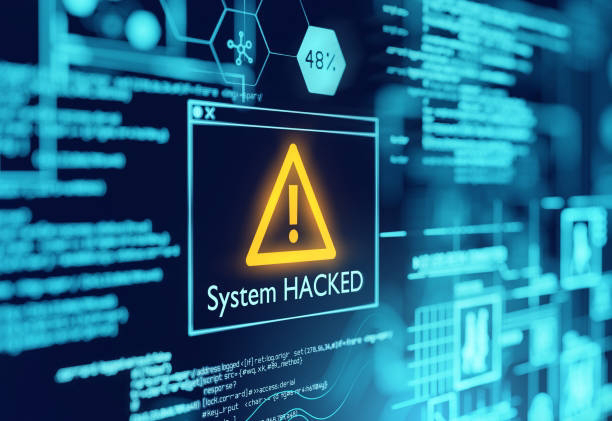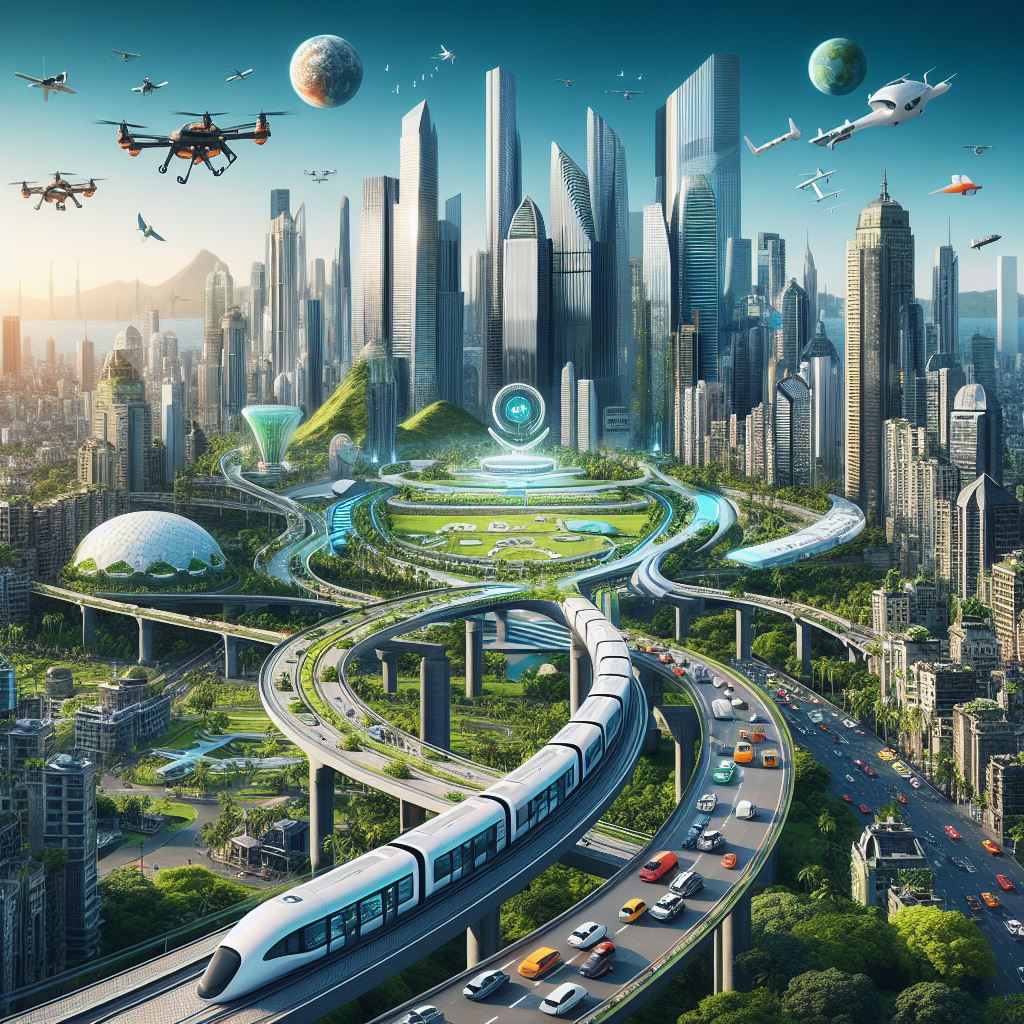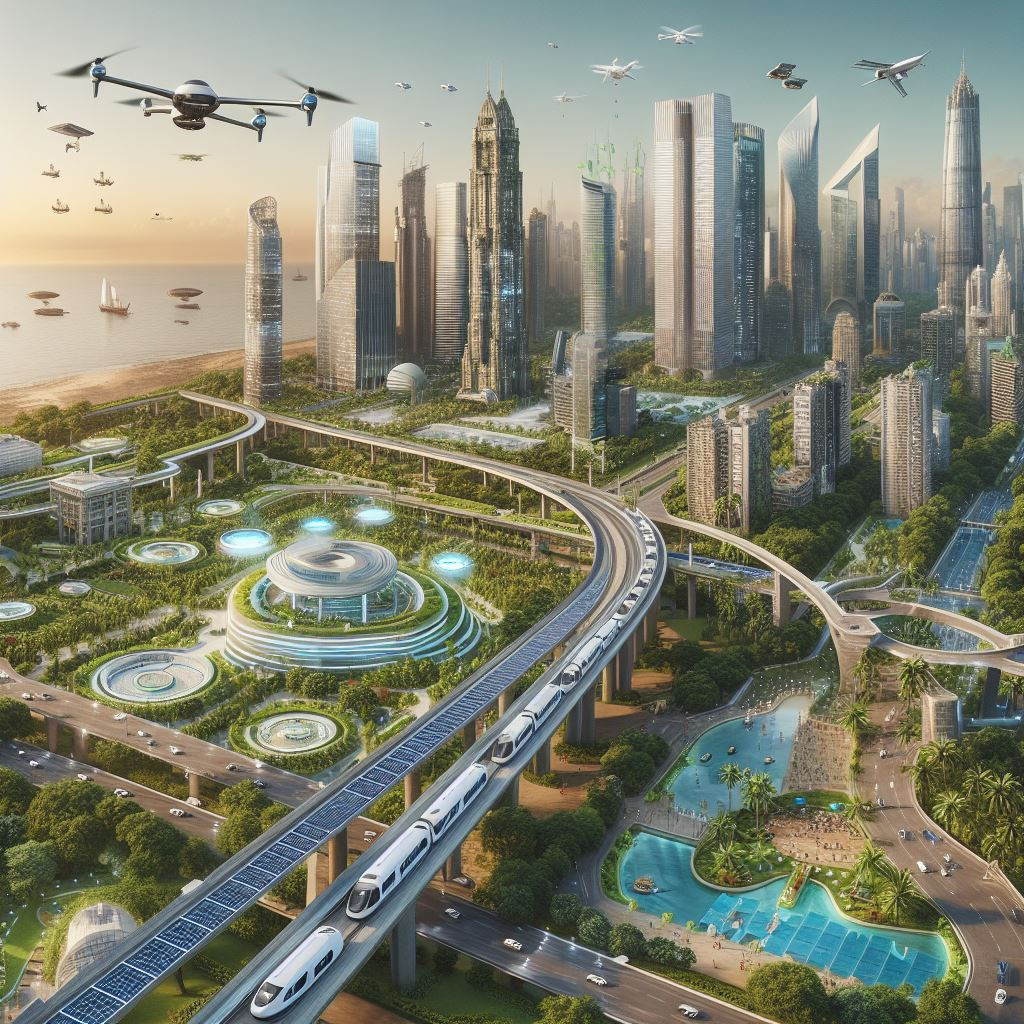Creating a polygon filling algorithm involves defining the polygon's edges and then filling the interior with color. A basic approach is the scanline algorithm:
1. **Define Polygon Edges:**
- Input the vertices of the polygon in order.
- Determine the minimum and maximum y-coordinates of the polygon to identify the scanlines to fill.
2. **Initialize Edge Table (ET) and Active Edge Table (AET):**
- For each edge of the polygon, store the edge details in the Edge Table (ET), including slope (1/m), minimum y-coordinate, and maximum y-coordinate.
- Initialize the Active Edge Table (AET) as empty.
3. **Scanline Fill:**
- Iterate over each scanline from the minimum y-coordinate to the maximum y-coordinate.
- Update the Active Edge Table (AET) by adding edges from the Edge Table (ET) where the scanline intersects the edge.
- Sort the AET based on the x-coordinate of intersection points.
4. **Fill Pixels:**
- For each pair of x-coordinates in the AET, fill the pixels between them on the current scanline.
5. **Update AET:**
- Remove edges from the AET where the scanline has reached their maximum y-coordinate.
6. **Repeat:**
- Repeat steps 3-5 until all scanlines have been processed.
This algorithm efficiently fills the polygon with color by traversing each scanline and determining the intersections with the edges. The sorting and updating steps are crucial for maintaining the correct order of edges and ensuring an accurate fill.
Note: Implementing this algorithm requires handling special cases, such as horizontal edges and vertices with identical y-coordinates. Additionally, this basic explanation assumes a simple polygon without holes. More complex scenarios may require additional considerations.
One common algorithm for polygon filling with color is the scanline fill algorithm. Here's a simplified explanation of the process:
1. **Sort Edges:**
- Identify the edges of the polygon and sort them by their y-coordinate. This ensures that you process scanlines from the bottom to the top of the polygon.
2. **Initialize Edge Buckets:**
- Create edge buckets for each scanline. Each bucket will store information about the intersections of edges with that scanline.
3. **Edge Table:**
- Create an edge table that contains information about each edge, including its slope (inverse of the slope is stored to avoid division), x-coordinate of the starting point, and the change in x for each scanline.
4. **Fill Scanlines:**
- Iterate through each scanline from the bottom to the top of the polygon.
- Update the edge buckets by adding edges from the edge table that intersect with the current scanline.
- Sort the edge bucket based on the x-coordinate of the intersections.
- Fill the pixels between pairs of intersections with the desired color.
This algorithm efficiently fills the polygon scanline by scanline, ensuring that the interior is colored while avoiding redundant calculations. The edge table and edge buckets help manage the intersections and coordinates effectively.
Keep in mind that this is a simplified overview, and the actual implementation might involve additional considerations, such as handling concave polygons, edge cases, and optimizing for performance.
Certainly! Here's a simple pseudocode for filling a polygon with a specified color:
```plaintext
function fillPolygon(polygon, fillColor):
// Assuming polygon is a list of vertices in order
// fillColor is the color to fill the polygon with
// Find the bounding box of the polygon
minX = +infinity
minY = +infinity
maxX = -infinity
maxY = -infinity
for each vertex in polygon:
minX = min(minX, vertex.x)
minY = min(minY, vertex.y)
maxX = max(maxX, vertex.x)
maxY = max(maxY, vertex.y)
// Iterate through each pixel in the bounding box
for x from floor(minX) to ceil(maxX):
for y from floor(minY) to ceil(maxY):
if isPointInPolygon(x, y, polygon):
setPixelColor(x, y, fillColor)
// Function to check if a point is inside a polygon
function isPointInPolygon(x, y, polygon):
// Ray-casting algorithm
crossings = 0
for i from 0 to len(polygon) - 1:
x1 = polygon[i].x
y1 = polygon[i].y
x2 = polygon[(i + 1) % len(polygon)].x
y2 = polygon[(i + 1) % len(polygon)].y
if ((y1 <= y && y < y2) || (y2 <= y && y < y1)) &&
(x < (x2 - x1) * (y - y1) / (y2 - y1) + x1):
crossings += 1
// If number of crossings is odd, the point is inside the polygon
return crossings % 2 == 1
// Function to set pixel color on the screen
function setPixelColor(x, y, color):
// Set the color of the pixel at coordinates (x, y) to the specified color
// This could involve interacting with a graphics library or hardware
// Implementation depends on the specific environment
```
Note: This pseudocode assumes that you have functions to set the color of a pixel on the screen (`setPixelColor`) and to check if a point is inside a polygon (`isPointInPolygon`). The actual implementation of these functions may vary depending on the graphics environment or programming language you are using.
Polygon filling with color is a fundamental technique used in computer graphics and design to visually represent shapes with solid colors. Here are some common uses:
1. **Computer Graphics Rendering:**
- **Games and Simulations:** In video games and simulations, polygons are frequently used to represent characters, environments, and objects. Filling these polygons with color enhances realism and provides visual depth.
2. **Graphic Design and Illustration:**
- **Vector Graphics:** In design software, polygons can be employed to create various shapes and forms. Filling them with color is crucial for producing vibrant illustrations, logos, and graphic elements.
3. **User Interface (UI) Design:**
- **Buttons and Icons:** UI elements are often created using polygons. Filling these elements with color makes them visually appealing and helps in creating a more intuitive user experience.
4. **Data Visualization:**
- **Charts and Graphs:** Polygons are used to represent data points and areas in charts and graphs. Color-filled polygons enhance the readability and comprehension of complex data sets.
5. **Cartography and Mapping:**
- **Map Regions:** Maps use polygons to represent geographical regions, countries, or states. Filling these polygons with different colors aids in distinguishing and identifying different areas.
6. **Computer-Aided Design (CAD):**
- **Engineering and Architecture:** In CAD software, polygons are used to model various structures and objects. Filling them with color assists in visualizing and analyzing designs.
7. **Image Editing and Processing:**
- **Image Masking:** Filling a polygon with a specific color can be used as a mask in image editing. This is useful for isolating and manipulating specific areas of an image.
8. **Web Development:**
- **Web Graphics:** When designing websites, polygons filled with color are commonly used for background elements, banners, and other visual components.
9. **Educational Tools:**
- **Interactive Learning:** Educational software often uses filled polygons to create interactive and engaging learning materials, allowing students to understand concepts through visual representation.
10. **Art and Animation:**
- **Digital Art and Animation:** Artists and animators use color-filled polygons to create visually stunning scenes and characters in digital art and animation.
In summary, the technique of polygon filling with color is versatile and finds application in a wide range of fields, contributing to the visual appeal and functionality of digital content.


















